Muhammad Ilyas al-Kandhlawi completed his Islamic education from Darul Uloom Deoband that is located in Saharanpur district of Uttar Pradesh. The Darul Uloom Deoband is a centre of Islamic learning that gave birth to the Deoband movement. Before starting the Tablighi Jamaat, Muhammad Ilyas al-Kandhlawi was a religious teacher in a madrassa (small Islamic school) named Mazahar-al-Uloom in Saharanpur. He was involved in Dawah (invitation to Islam or in plain language, conversion) activities. It was because of his dissatisfaction with the madrassa that Maulana Ilyas resigned from a prestigious teaching position at Mazahar-al-Uloom seminary and came to Basti Nizamuddin in the old quarter of Delhi to begin his missionary work. Muhammad Ilyas’s father had set up a madrassa at Basti Nizamuddin to impart free education to needy students. It was at this place that he [Ilyas] first came into contact with the Mewatis. Distressed by their pre Islamic religious and social practices, he set himself to rid them of such practices through religious education. Muhammad Ilyas succeeded in establishing several schools where besides the teaching of the Quran, elementary religious education was also imparted.
The Mewati Hindus had been mass converted to Islam due to the efforts of Sufi Hazrat Nizamuddin Aulia and his descendants. However in practical life, they barely followed Islam. They retained their Hindu names such as Nahar Singh and Bhup Singh; they left a lock of hair [chõtî] on top of the shaven head as Hindus do; they worshipped idols, celebrated all the Hindu festivals and made sacrifices to Hindu Gods and Goddesses. They could not even recite the Islamic creed [Kalimah]. So unfamiliar were they with the sight of prayer [Namaz] that if by chance they came across someone praying, they gathered around to enjoy the spectacle, assuming that the person must either be mad or suffering from some ailment due to which he was kneeling and prostrating himself again and again. Major Piolet, the Bandobast officer of Alwar at the end of the 19th century, writes; “Meo are half-Hindu in their habits and customs.”
On one visit to Mewat, Muhammad Ilyas was introduced to a young man who had just completed his education in one of his madrassas. Much to his astonishment, he saw no traces of Islam in his clean-shaven appearance. His aim had not been fulfilled. The students who emerged from the madrassas were Muslims only in name. This left him thinking about the causes of this failure. Muhammad Ilyas recognized that after the madrassa students left school, they mingled with their Hindu peers, and this nullified the madrassa influence altogether. The only solution to this problem, as the Maulana saw it, lay in separating them from their social milieu. He decided that madrassa students should be withdrawn from their surroundings, and kept in groups for some period of time. Keeping them segregated in mosques or religious institutions would keep them away from ‘bad influence’. This formula proved to be right. Engaging them in Islamic activities round the clock for some length of time made them ‘true Muslims’. Seen that this method was effective, he decided to follow this pattern in future. (4) In this manner, large number of people from different parts of country were indoctrinated. Staying day and night in an Islamic atmosphere changed them completely.
The whole of Mewat was Islamicized. Where previously, mosques had been few and far between, now mosques and religious schools came up in every settlement. The Mewatis changed their way of dressing and grew beards according to Sharia, shaking off one by one almost all their pre-Islamic customs that they had retained after conversion. Not only did they change themselves but they were also inspired to spread the message of Islam to others. The first conference of the Jamaat was held in 1941 at Basti Nizamuddin. Twenty-five thousand people attended it. The leadership of the Jamaat passed on to Muhammad Yusuf, the son of Ilyas after the latter died in 1944. In this way, the Tablighi Jamaat originated in India, and after some decades, it became so popular that it is now recognized as one of the fastest growing movement within Islam.
Sources
(1) Sayyid Athar Abbas Rizvi, ‘Shah Waliullah and his times’, Ma’rifat publishing house 1980, page 306).
(2) ‘“Remaking Ourselves”, Islamic Self-Fashioning in a Global Movement of Spiritual Renewal’, by Barbara D. Metcalf in Accounting for Fundamentalisms edited by Martin E. Marty and R. Scott Appleby, Chicago, 1994, p.720.
(3) P. W. Powlett (1878): Gazetteer of Alwur , London: Trubner’s & Co. London.
(4) Abul Hasan Ali Nadwi, Life and Mission of Maulana Mohammad Ilyas, Lucknow, 1983, p. 40.
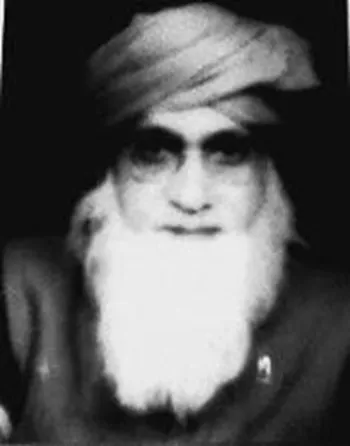
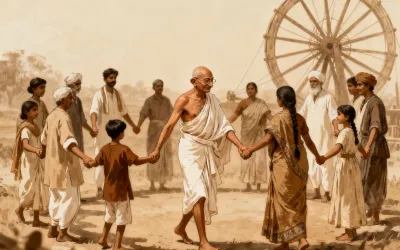

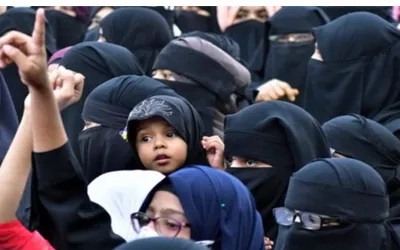
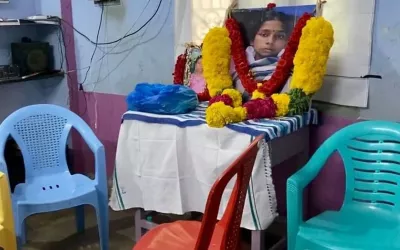
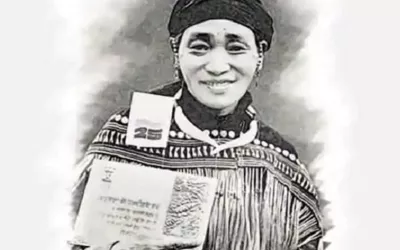


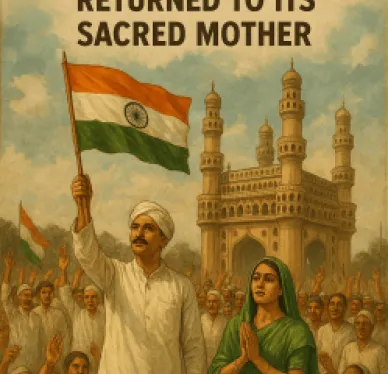
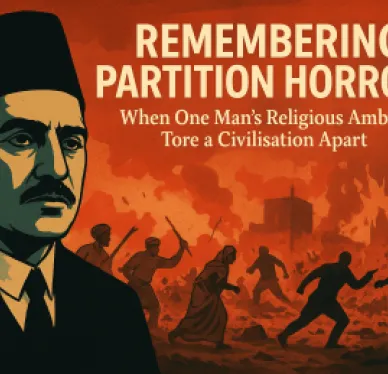

Comments
Add new comment